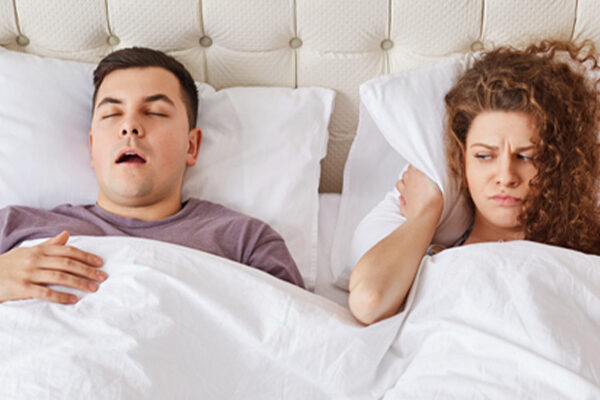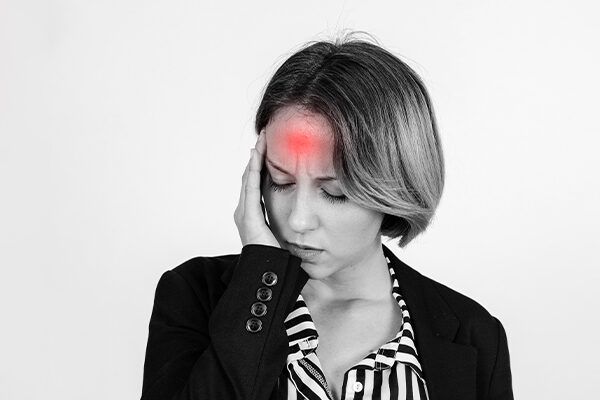Last Updated on November 29, 2024
Understanding the Link Between Menopause and Joint Pain
Menopause is a natural biological process that marks the end of a woman’s reproductive years. Alongside symptoms like hot flashes and mood swings, joint pain is a common yet less-discussed complaint. Is menopause and joint pain simply coincidental? Experts say hormonal fluctuations, particularly the decline in estrogen, may increase inflammation and reduce cartilage elasticity, causing discomfort in joints.
Secondary symptoms include:
- Stiffness in the morning
- Pain in the knees, hips, and hands
- Swelling or tenderness in specific joints
Also read: What Are The 34 Symptoms Of Menopause?
Does Menopause Cause Joint Pain: Key Factors Contributing to Joint Pain During Menopause
The answer is yes, in many cases. But does menopause cause joint pain directly? Here is how:
| Factor | Impact on Joint Pain |
|---|---|
| Hormonal Imbalance | Estrogen plays a crucial role in maintaining bone density, regulating cartilage health, and controlling inflammation. During menopause, estrogen levels decline sharply, leading to several changes in the body. One of these changes is a reduction in the protective effects estrogen has on the joints. This drop in estrogen can increase inflammation in the body, particularly around the joints, and contribute to conditions like osteoarthritis. Without sufficient estrogen, the cartilage in joints may degrade faster, leading to discomfort and pain. As a result, many women report feeling increased stiffness, swelling, and overall joint discomfort during menopause. The link between estrogen deficiency and joint pain has been supported by numerous studies, which show that women who undergo menopause are at higher risk for developing joint-related issues. Hormone Replacement Therapy (HRT) has been shown to provide relief by restoring estrogen levels, though it comes with its own set of considerations. |
| Aging Factors | Menopause often coincides with the natural aging process, which further complicates the situation. As we age, the body naturally undergoes wear and tear, especially in weight-bearing joints like the knees and hips. Aging decreases the body’s ability to repair damaged tissues, including cartilage. Therefore, it becomes increasingly difficult to determine whether joint pain is solely due to menopause or if it is also a result of the aging process. For many women, the combination of both aging and hormonal changes can significantly amplify joint pain and discomfort. |
| Lifestyle Factors | Another significant factor contributing to menopause joint pain is lifestyle. Sedentary behavior and weight gain, common during menopause, can place additional strain on the joints. Carrying extra weight increases the pressure on joints, particularly in the lower body, including the knees and hips. Lack of physical activity can also lead to joint stiffness, decreased flexibility, and overall discomfort. Maintaining a healthy weight through balanced nutrition and regular exercise can help reduce joint strain and improve overall joint health. |
Effective Treatments for Menopause Joint Pain
Managing menopause joint pain involves a combination of lifestyle changes, medications, and alternative therapies:
1. Hormone Replacement Therapy (HRT)
HRT can restore estrogen levels, which may alleviate joint pain. However, it is important to discuss the risks and benefits with your doctor.
2. Exercise and Physical Therapy
Regular low-impact activities, such as yoga and swimming, can improve joint flexibility and reduce pain.
3. Anti-Inflammatory Diet
Foods rich in omega-3 fatty acids and antioxidants can help reduce inflammation.
4. Clinical Trials for Menopause Joint Pain Relief
Participate in studies exploring new treatment options. Research has shown positive results in addressing menopause-related joint issues. Hence, explore clinical trials for innovative solutions and potential relief.
The Role of Research in Menopause Joint Pain
Ongoing research plays a critical role in understanding and alleviating menopause joint pain. According to studies published in The Journal of Menopausal Health, addressing hormonal imbalances through personalized treatment plans can significantly reduce joint discomfort. It has shown that estrogen, a hormone that naturally declines during menopause, has a protective effect on joint health. As estrogen levels drop, women may experience an increase in inflammation, leading to joint pain. By targeting hormonal fluctuations with tailored treatments, many women find relief from this pain.
One promising area of research is hormone replacement therapy (HRT), which has shown positive results in reducing joint pain by replenishing estrogen levels. Other studies are investigating the effectiveness of supplements, physical therapy, and dietary changes that can help mitigate joint pain symptoms.
In addition to hormonal treatments, clinical trials are exploring non-hormonal options, such as anti-inflammatory drugs and biologics, to reduce joint discomfort.
Final Thoughts
Menopause joint pain is intricately linked, with hormonal changes, aging, and lifestyle factors all contributing to the discomfort many women experience during this time. As estrogen levels decline, inflammation increases, and cartilage health deteriorates, leading to pain, stiffness, and swelling in the joints. While menopause joint pain is a common issue, understanding its underlying causes and available treatments can significantly improve the quality of life for many women.
Effective management of menopause-related joint pain includes a combination of hormone replacement therapy (HRT), exercise, physical therapy, and an anti-inflammatory diet. Additionally, ongoing research into new treatments, including clinical trials, offers hope for innovative solutions to address these challenges. Women experiencing menopause joint pain should consult with their healthcare providers to develop personalized treatment plans that align with their specific needs.
With the right strategies in place, it is possible to alleviate joint pain, enhance mobility, and reclaim comfort during this natural phase of life. Whether through lifestyle changes or innovative therapies, there are options available to help manage and reduce the impact of joint pain during menopause.




